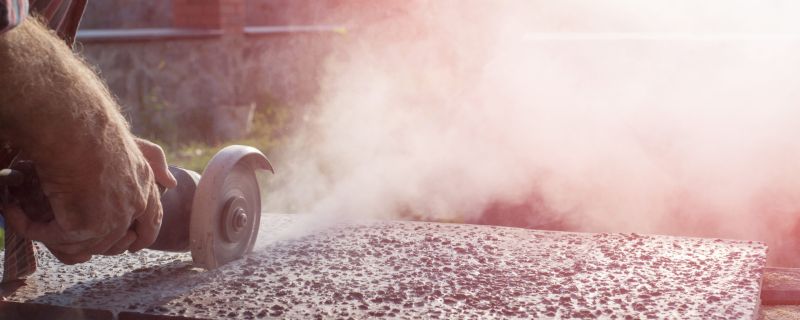
- Claims & Risk Management
- No comments
Are you ready for the recent changes to the OSHA Crystalline Silica Dust Standard? Here are some suggestions on how to be compliant.
Determine your exposure
Do you have processes or job tasks that generate respirable crystalline silica dust? Check Table 1 from the new OSHA standard (see attached). If you perform these tasks and can comply fully with the controls noted in the table, then you are fully in compliant with the standard. If you perform tasks that are not in Table 1 generating respirable crystalline silica dust, then you need to determine the extent of your exposure through air sampling conducted by a qualified party (Certified Industrial Hygienist, etc.). The sampling results will dictate what controls you need to implement (water entrainment, HEPA vacuum systems, respirator protection and / or medical monitoring).
Tasks/operations expected to be exempt from the new construction silica standard because exposures are expected to be low under most foreseeable conditions include: mixing mortar; pouring concrete footers, slab foundation and foundation walls; and removing concrete formwork.
Whether you are using Table 1 or not, you should have a written exposure plan in your safety policies covering what tasks/operations generate silica dust and how you are controlling the exposure to meet the new PEL levels (0.05 milligrams/cubic meter). A sample written policy is attached.
Include in your plan the type of respirators you will be using, if any, and what fit testing/medical monitoring will be performed.
Resources for Assistance
Check with your equipment vendors to see what support they can offer for OSHA Crystalline Silica Dust Standard. Many manufacturers of construction tools/equipment have systems to reduce the silica dust exposure and templates for written control plans. For your information, the Philadelphia chapter of the GBCA is developing some protocols to share with their members to include sample written program templates and partner vendors for obtaining air sampling support. Further details from the GBCA will be available this Fall.
Feel free to contact The Safegard Group for more information on the OSHA Crystalline Silica Dust Standard for Construction.

